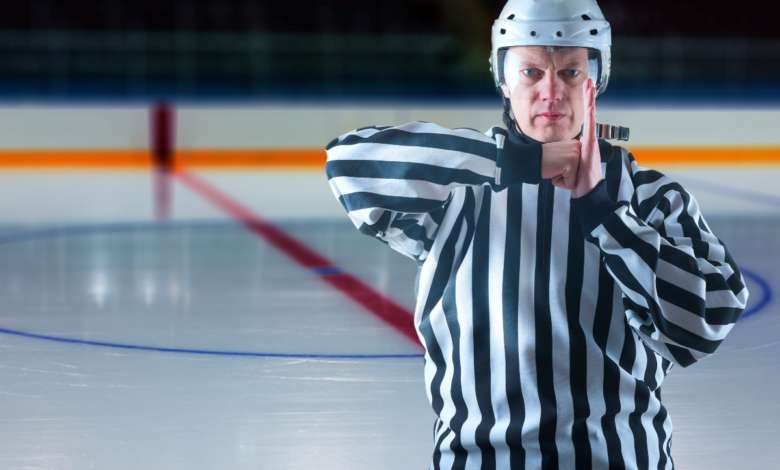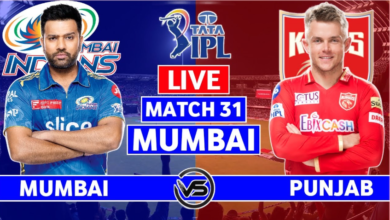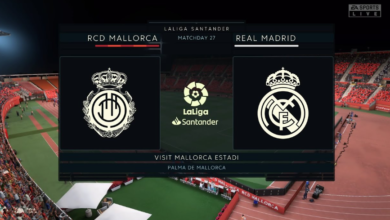Hockey Penalties List – All The NHL Penalties

Seeing a referee signal a penalty can be puzzling if you’ve never watched hockey before. But don’t worry; some penalties happen more often than others.
The most common ones you’ll see are tripping, interference, roughing, too many men on the ice, boarding, unsportsmanlike conduct, cross-checking, high sticking, and hooking. These happen frequently during a game because they involve actions that occur frequently on the ice.
What happens as a result of a penalty in hockey?
In hockey, when a team gets a penalty, they have to go into what’s known as a “penalty kill” situation. Meanwhile, the other team gets an advantage, called a “power play”. Penalties are a big deal in hockey because they can change the game. When a penalty happens, the team that got penalized has to play with one less player on the ice. Additionally, penalties can affect bet online sports outcomes, shifting the game’s momentum and impacting scoring opportunities for both teams. Bettors often analyze penalty statistics and penalty kill efficiency when making their predictions.
There are five types of penalties in hockey, according to USA Hockey:
- Minor/Bench Minor Penalties
- Major Penalties
- Misconduct Penalties
- Match Penalties
- Penalty Shot
Hockey Penalty Terminology
Power Play
When one team commits a penalty in hockey, the other team gets what’s called a “Power Play.” This means they have more players on the ice than the penalized team, giving them an advantage. The most common Power Play situations are five on 4 (one-player advantage), five on 3 (two-player advantage), or even six on 3 (three-player advantage, with the Power Play team playing without their goalie).
Penalty Kill
When a team gets a penalty, they enter the “Penalty Kill.” This is the opposite of a Power Play, where the team has one or two fewer players on the ice instead of having more players. The Penalty Kill always has at least three players on the ice, and there’s no limit to how many players can be serving penalties simultaneously. If three players are on the ice, the team can try to “kill” off the penalties. You can learn more about hockey terminology in our post on the subject!
Delayed Penalty
When a penalty is committed, and the team that committed it doesn’t control the puck, it’s called a “Delayed Penalty.” In this situation, the team that will soon have a Power Play pulls its goalie out for an early one-player advantage until the penalized team gains control of the puck.
Can the team going on the Power Play get scored on in a Delayed Penalty scenario?
In a Delayed Penalty situation, the team that committed the penalty can’t score by shooting the puck themselves, even if there’s no goalie. This is because the referee blows the whistle to stop play as soon as they gain control of the puck. However, if the team going on the Power Play accidentally shoots the puck into their net, it counts as a goal for the opposing team.
In the video below, Washington Capitals player Carl Hagelin accidentally passes the puck into his net during a Delayed Penalty scenario, essentially “scoring” for the opposing team.
Penalty Shot
A penalty shot is awarded when the referee decides that the team that committed a penalty directly stopped a sure goal because of their infraction. Penalty shots are uncommon and usually happen after hooking or tripping penalties.
Minor Penalty
A minor penalty in hockey lasts 2 minutes and is the most common type. However, a minor penalty can become a “Double Minor” penalty, meaning the player serves 4 minutes.
Major Penalty
Significant penalties in hockey, often called for fighting in professional games, result in a 5-minute penalty served. In amateur games, significant penalties are typically called for boarding, checking from behind, or head contact.
When a Major Penalty is called, the team on the Power Play can score freely, while the offending player stays in the penalty box for the entire penalty duration.
Even if players from both teams get Major penalties, both teams play at a disadvantage. This means that when the penalty time ends, the player or players serving the significant penalty can come back into the game immediately.
Misconduct Penalty
When a misconduct penalty is called in hockey, there are two scenarios.
The first one is called a “Game Misconduct Penalty”. In this case, the player is kicked out of the game due to their penalty.
The other type is a 10-minute penalty, in which the player sits in the penalty box for 10 minutes. They can only leave the penalty box after 10 minutes when the referee blows the whistle. Players serving a misconduct penalty can return to the active playing surface once the penalty time is up.
Misconduct penalties often lead to further disciplinary action, depending on the level of play and the league’s rules. This can include missed additional playing time or even automatic suspensions. Misconduct penalties are usually called when a player fights or intentionally injures an opponent. In some leagues, receiving a misconduct penalty results in an automatic suspension for the player.
Coincidental penalties
When coincidental penalties are called in hockey, the players serve at least two minutes in the penalty box but don’t come back onto the ice right after their penalty time is up. Instead, they only return to the ice when the penalty fully expires, and a referee’s whistle stops playing. This is because with coincidental penalties, both teams may already have five players on the ice, and if the returning players come out too soon, it could cause a “Too Many Men on the Ice” penalty.
Conclusion
Now that you’ve learned about all the different penalties in hockey, you’ve got a solid understanding of the game’s rules. This guide covers everything you need to know about penalties, and we hope you found it helpful! If you’re interested in more hockey-related content, check out our blog post on how long a hockey game lasts.



